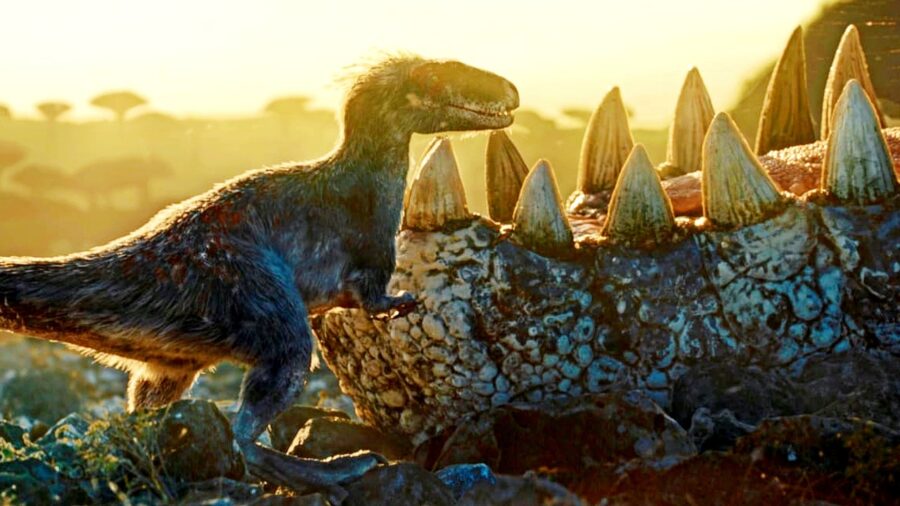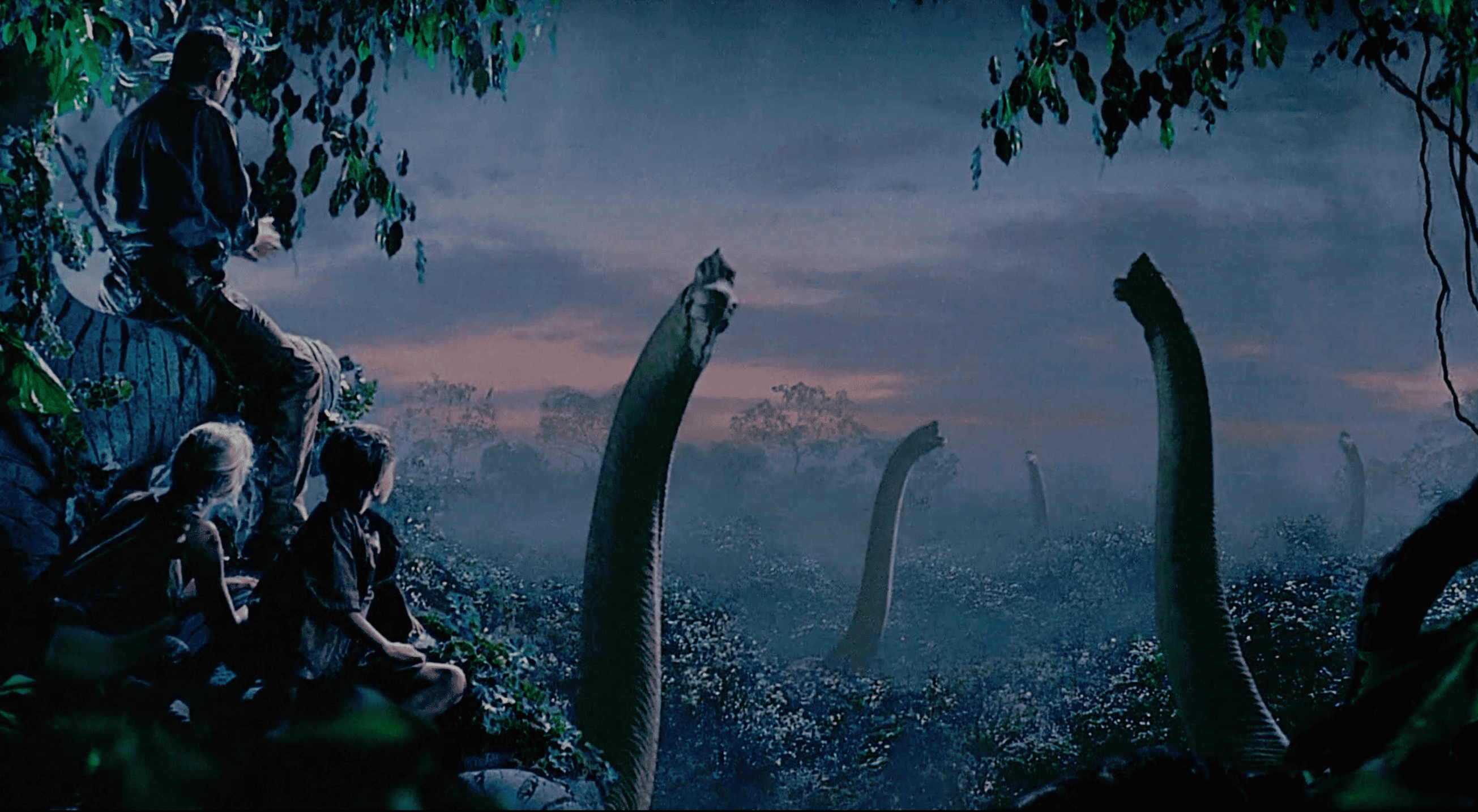New Dinosaur Species Discovered In Argentina

Next time somebody asks you which dinosaur is your favorite, you might have to consider the Inawentu oslatus, a rebbachisaurid-mimicking titanosaurian sauropod that was recently discovered in Patagonia, Argentina. You may want to practice saying that one out loud 10 times fast before dropping your knowledge so your pronunciation doesn’t undermine your authority on the subject. This long-necked herbivorous dinosaur species roamed Earth approximately 86 million years ago during the Late Cretaceous epoch and belonged to the titanosaur group.
This dinosaur species belongs to a long lineage of sauropods that existed at the end of the Cretaceous period. Its skeletal remains were discovered and recovered from mud stone covered by a 30-centimeter layer of sand that’s attributed to fluvial system deposits.
This long-necked herbivorous dinosaur species roamed Earth approximately 86 million years ago during the Late Cretaceous epoch and belonged to the titanosaur group.

While Inawentu oslatus belongs to the titanosaur family, it boasts characteristics that show the species adapted over time. Typical titanosaurs are known for their imposing stature, long necks, and wide stance, but the Inawentu oslatus had a broader snout and a much shorter neck than its ancestors. The prevailing theory behind its shorter neck suggests that the dinosaur had different eating habits than the titanosaurs that came before it.
Convergent Evolution And The Inawentu oslatus
In other words, Inawentu oslatus probably exhibited low-browsing feeding behaviors, and ate vegetation from low-growing plants like bushes rather than from tall trees. Since similar dinosaurs from an earlier era had much longer necks, researchers have reason to believe that this evolutionary change is indicative of a change in what kind of food sources were available during this time. This concept is known as “convergent evolution,” and was driven by environmental factors.
When the rebbachisaurids died out, a new type of dinosaur had to take its place to fill the evolutionary gap. Borrowing traits from its ancestors while evolving to changes in the environment, Inawentu oslatus is a product of its time and environment, as it had to change its eating habits based on its surroundings. This dinosaur also has slender teeth which further supports the theory that they had different dietary needs.
These findings were published in Cretaceous Research, and the primary focus of the paper is to figure out what kind of faunal disturbance took place during this time. More data points have to be collected and considered to know what kind of event happened for certain, but the current research drives the point home that there were a number of different evolutionary offshoots necessary to carry the species forward.
The prevailing theory behind its shorter neck suggests that the dinosaur had different eating habits than the titanosaurs that came before it.
As researchers continue to discover more dinosaur fossils, we’ll have a better understanding of how they lived so long ago. Argentina is known for its ancient river deposits, so it’s not outside the realm of possibility that we will find dinosaurs that belonged to other clades that were living in the area on a similar timeline. Given that each region boasts its own unique forms of vegetation, further excavations will provide more insight into how Inawentu oslatus, and other dinosaurs local to the region may have adapted to their immediate surroundings.
Source: Cretaceous Research











